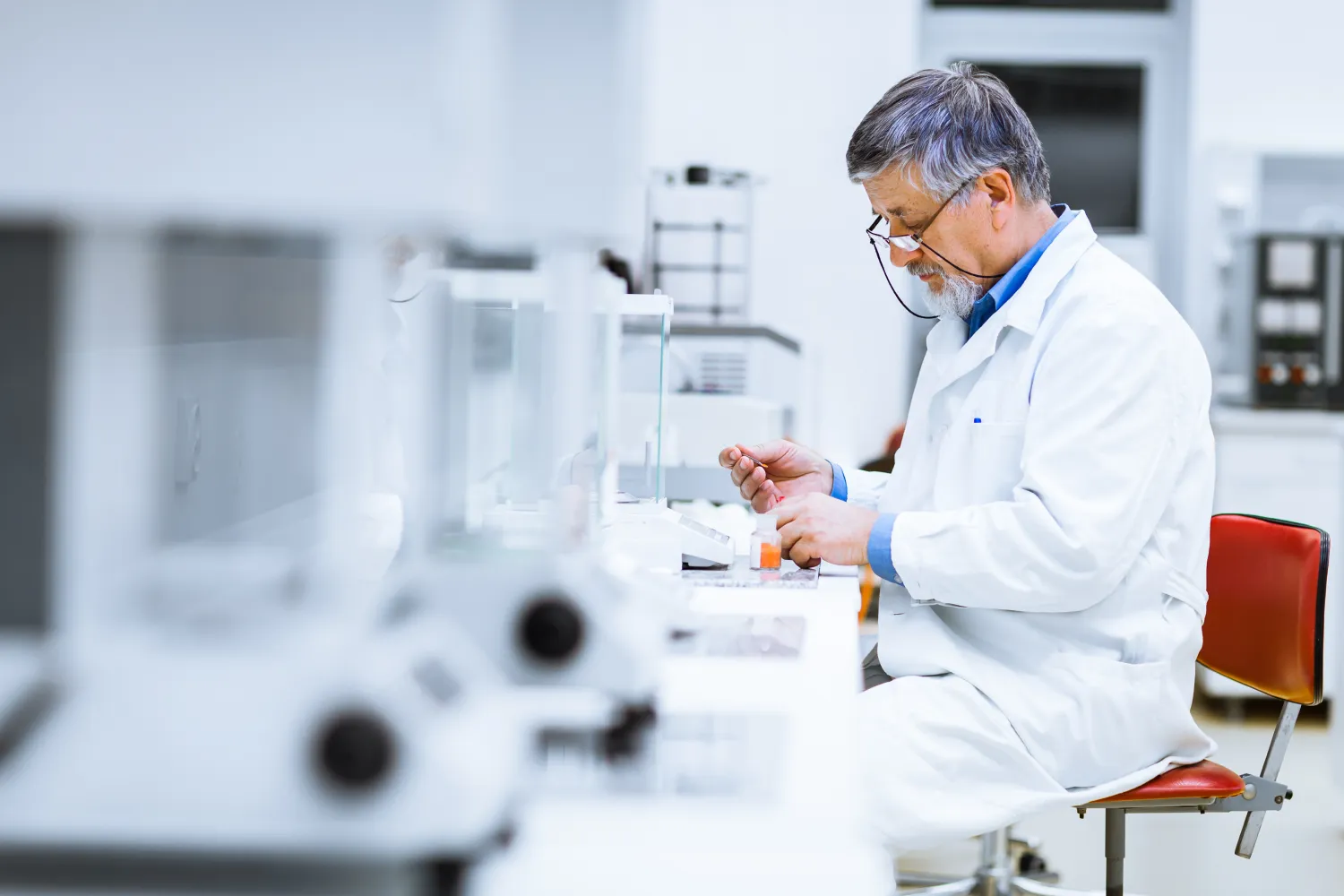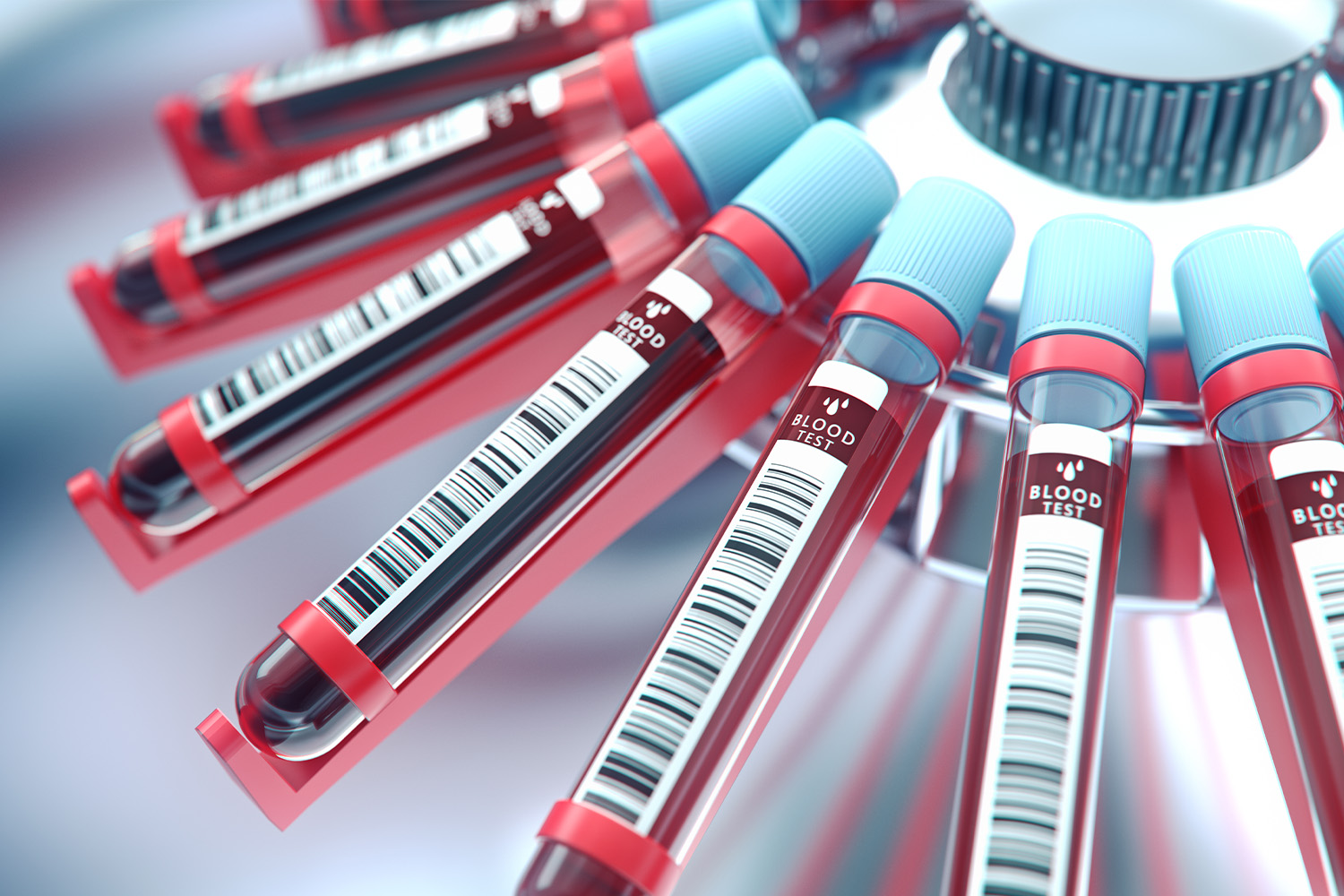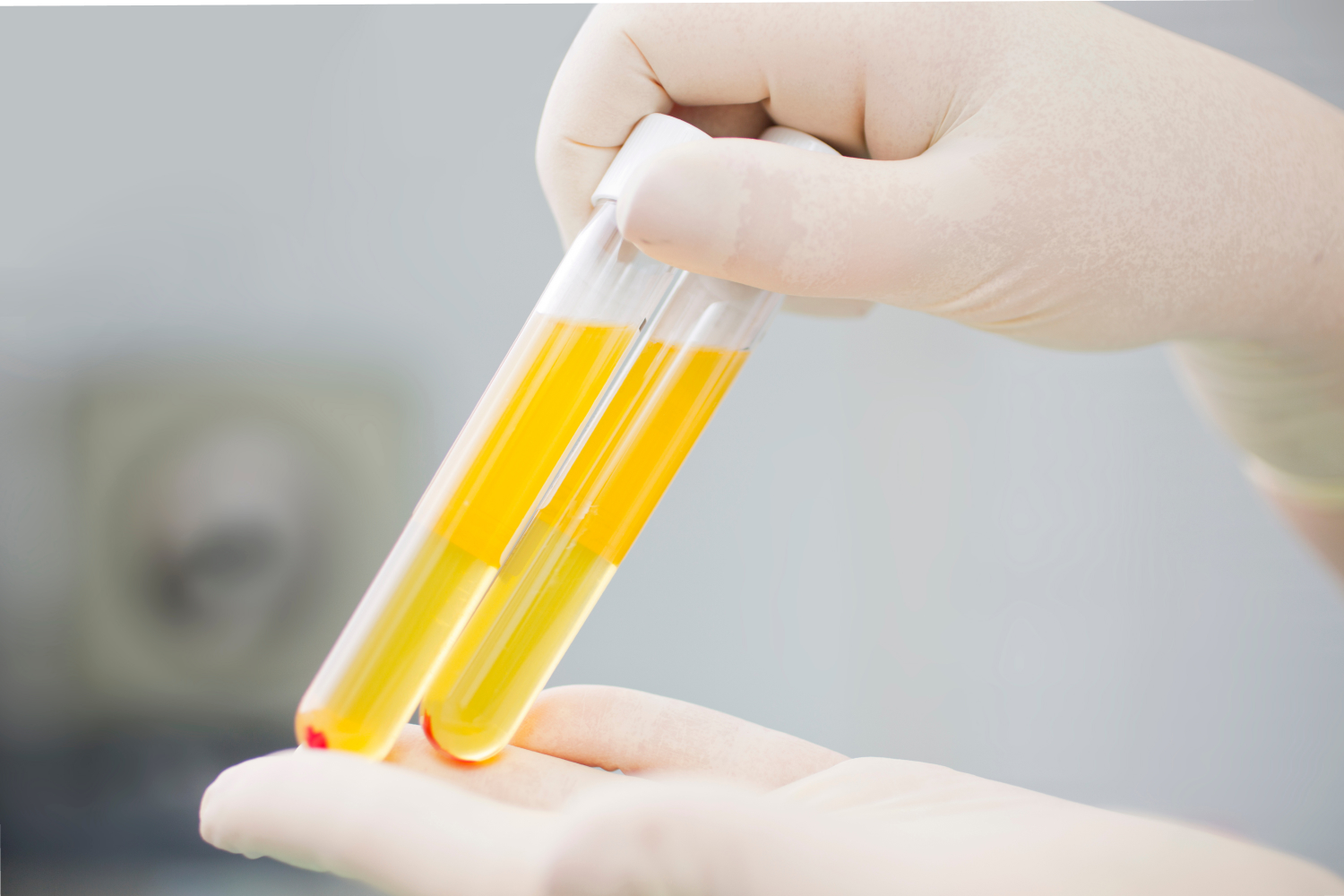Nasal and nasopharyngeal swabs are popular methods of obtaining biospecimens in clinical research that are commonly confused. However, each type of swab has advantages and disadvantages as well as specific utilizations depending on the research question.
What exactly are the important differences in nasal and nasopharyngeal swabs? Knowing which type of swab and how to implement them in clinical trials can be an important distinction when designing a study.
In short, nasopharyngeal swabbing is a procedure that involves inserting a swab into the nasal passage and collecting a sample from the upper respiratory tract.
Unlike nasal swabbing, nasopharyngeal swabbing collects a sample from a deeper area of the respiratory system. This makes it a more effective tool for detecting viruses, bacteria, and other pathogens specifically in the upper respiratory tract.
By collecting samples from the nasopharynx, healthcare professionals can more accurately diagnose illnesses and determine their severity.
On the other hand, nasal swabbing can also be used to detect viruses and bacteria in the nasal passage, though not to the same degree as nasopharyngeal swabbing.
Nasal swabbing requires less contact with the patient and is less invasive, making it a good option for quick and painless diagnosis. For this reason, it is also beneficial for at-home testing as it can be easily performed with minimal risk of complications and discomfort.
However, nasopharyngeal swabbing is still largely the preferred method of detection and diagnosis due to their accuracy and access to the upper respiratory tract.
What Is a Nasal Swab?
A nasal swab is a medical procedure in which a thin swab is inserted into the nostril and used to collect a sample from the nasal passage. This sample is then tested for the presence of biomarkers, viruses, bacteria, or other pathogens that can cause infection. The swab is typically made of cotton or nylon and is relatively thin and flexible, allowing it to easily fit in the nose.
If the swab is inserted further into the nasal passage, it is considered a nasopharyngeal swab and more specific to the upper respiratory tract instead of just the nasal passage.
Nasal swabbing has several advantages when it comes to detection and diagnosis of illnesses.
Nasal swabbing is quick and easy to perform, and the swab can be inserted into the nose without any discomfort or pain. It is also less invasive than nasopharyngeal swabbing, and it can be done at home with minimal risk.
Despite the few advantages, there are some potential disadvantages to using a nasal swab for detection.
The largest concern is that swabs may not reach far enough into the respiratory tract to detect pathogens, resulting in a false-negative result.
Additionally, the swab may not be able to collect a sufficient sample if it is inserted too far into the nasal cavity as this can cause discomfort or even cause damage to the tissue.
While nasal swabbing is a quick and easy way to detect biomarkers, viruses, and bacteria, it is not as accurate or comprehensive as a blood test, which can detect a wider variety of patient-specific parameters such as electrolytes and blood counts.
Furthermore, a blood sample allows healthcare professionals to quantify these parameters because it is measurable in a given volume, whereas a nasal swab only provides a yes or no answer regarding the presence or absence of a biomarker or infection.
What Is a Nasopharyngeal Swab?
Nasopharyngeal swabbing is a medical procedure in which a long, flexible swab is inserted into the nasopharynx, the area at the back of the nose and the throat. The swab is then used to collect a sample of cells and fluid from the upper respiratory tract. This sample is then used to detect the presence of viruses and bacteria, allowing healthcare professionals to accurately diagnose illnesses and determine their severity.
Nasopharyngeal swabbing is generally more reliable and accurate than nasal swabbing, making it the preferred method of detection and diagnosis in many clinical trials.
This procedure is safe and effective as it involves minimal contact with the patient and collects a more comprehensive sample than nasal swabbing.
Despite its benefits, nasopharyngeal swabbing does have its drawbacks. This procedure is more invasive than nasal swabbing, making it less comfortable for the patient.
Additionally, it has a higher risk of complications, such as nosebleeds or introduced infection from a nonsterile swab or translocation of nasal bacteria to the upper respiratory tract. It is also more difficult to administer and requires more specialized training than nasal swabbing.
Where Do Nasal and Nasopharyngeal Swabs Fit Into Clinical Research?
Nasal and nasopharyngeal swabs are commonly used in clinical research studies to assess the prevalence of pathogens in a population, as well as their effects on human health.
These swabs can be used to diagnose infections, assess the effectiveness of treatments, and monitor the spread of disease. In addition, nasal and nasopharyngeal swabs are used to evaluate the safety and efficacy of vaccines, as well as to monitor the virus load in a patient over time.
Due to their accuracy, speed, and ease of use, these swabs have become invaluable tools in clinical research.
In the ongoing fight against COVID-19, nasal and nasopharyngeal swabs have become essential tools in clinical research. These swabs are used to diagnose patients, assess the effectiveness of novel COVID-19 treatments, and monitor the spread of the virus.
Furthermore, they are used to evaluate the safety and efficacy of both mRNA and traditional vaccines and to measure viral load. Due to the impact of the COVID-19 pandemic, nasal and nasopharyngeal swabbing are becoming increasingly important in clinical research as fast, accurate, and cost-effective ways of evaluating the effectiveness of treatments for a variety of diseases.
Regarding their utility in clinical research compared to other biospecimens, nasal and nasopharyngeal swabs have several advantages over blood, saliva, and stool samples just to name a few. They can be performed quickly, with results available in minutes, compared to hours or days for blood tests. Swabbing also eliminates the need to draw blood altogether in some instances, which can be uncomfortable for the patient and require trained staff.
Analysis of the sample obtained from these swabs can be performed in a variety of ways, such as using polymerase chain reaction (PCR) or enzyme-linked immunosorbent assays (ELISA).
Both PCR and ELISA can detect a wide range of pathogens, making them useful for diagnosing and monitoring upper respiratory illnesses.
Additionally, they are both relatively affordable and easy to use, making them popular in clinical research studies.
Because PCR and ELISA analysis are commonplace in clinical research, nasal and nasopharyngeal swabs are invaluable tools in trials as they offer a cost-effective and accurate way to assess the prevalence of pathogens in a population.
In addition to being fast, affordable, and accurate, nasal and nasopharyngeal swabs are also cost-effective tools for clinical research. The swabs can be stored and reused, meaning they require fewer resources than blood tests which need to be processed every time they are collected.
Furthermore, nasal and nasopharyngeal swabs generally require fewer staff and less training than blood tests, making them more affordable for study sites to conduct.
Compared to other specimens used in research, nasal and nasopharyngeal swabs offer a cost-effective solution for clinical trials while still providing valuable insight into the health of patients.
The availability of nasal and nasopharyngeal swabs for clinical research is increasing, as there are now numerous suppliers that provide these biospecimens. While some swabs are collected from patients with a variety of infectious diseases, many swabs are actually sourced from healthy volunteers who have consented to have their specimens used for research purposes.
Additionally, some large healthcare organizations have their own biobanks and can provide biospecimens from patients who have been treated at their facilities.
As the market for biospecimens expands, there are a growing number of companies that specialize in the procurement and supply of biospecimens for clinical research.
Why iProcess Is Your Source For Biospecimens
At iProcess Global Research, you can expect to work with a partner with a network of over 1,000 sites worldwide to obtain nasal swabs and other biospecimens including blood, saliva, and stool.
iProcess has shipped over 100,000 biospecimens and has the experience to coordinate acquiring biospecimens efficiently and affordably for even the most challenging research endeavors.
With access to both banked and prospectively collected biospecimens, iProcess has established itself as a major biospecimen provider to the top research organizations and pharmaceutical companies in the world. In addition to biospecimen acquisition, iProcess has experience coordinating and delivering results from the simplest to the most complex study protocols.
Contacting iProcess is quick and easy — request a free quote today.
Sources:
Comparison of Nasal and Nasopharyngeal Swabs for Influenza Detection in Adults | PMC
Nasopharyngeal versus nasal swabs for detection of SARS-CoV-2: a systematic review | PMC




